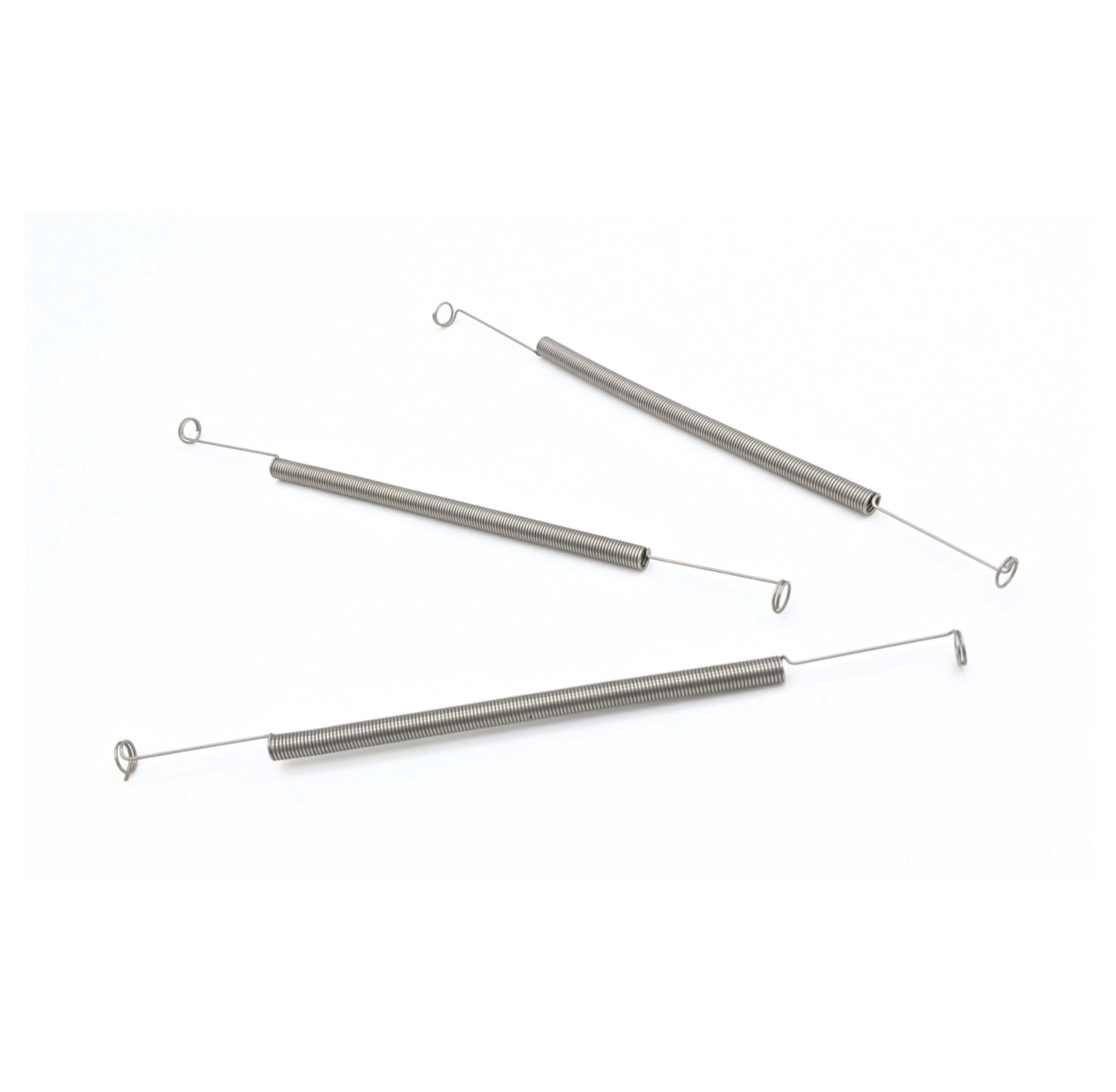Get unique, complex parts easily. No matter your requirements, Chaoyi Spring creates hard-to-produce coil springs and wire forms.
Let us help you create the custom wire form you need, from S-hooks and J-hooks to utility hooks and more.
We work closely with customers across a wide range of industries, helping them design and manufacture made-to-order parts.
Why choose Chaoyi Spring? We prioritize customer-focused collaboration, modern equipment and the latest technology to make your parts per print.
Find the information and guidance you need, from measuring a spring to learning about materials, placing an order and much more.
Coil springs, those ubiquitous components found in everything from car suspensions to door hinges, are designed to withstand considerable stress and provide reliable performance. However, just like any mechanical part,


Coil springs, those ubiquitous components found in everything from car suspensions to door hinges, are designed to withstand considerable stress and provide reliable performance. However, just like any mechanical part, coil springs can wear out over time. This wear and tear can manifest in various ways, impacting the spring's ability to function effectively. This article delves into the intricacies of coil spring wear, exploring the factors that contribute to their deterioration and the signs that indicate a spring is nearing the end of its lifespan.

The gradual degradation of coil springs is primarily influenced by a combination of factors, including:
Recognizing the signs of coil spring wear is crucial for timely replacement, preventing potential safety hazards and performance issues. Some common indicators include:
While coil springs are designed to be durable, taking preventive measures can significantly extend their lifespan. These measures include:
When a coil spring shows signs of wear, it's crucial to replace it promptly. This ensures proper functioning of the system and prevents potential safety hazards. Spring replacement should always be done by a qualified mechanic or technician, as improper installation can lead to further problems.
Coil springs are vital components in various applications, providing essential functionality and support. While they are built to last, it's important to understand that they do wear out over time. By understanding the factors that contribute to spring wear, recognizing the signs of deterioration, and implementing preventive measures, you can optimize the lifespan of your coil springs and ensure the continued safe and reliable operation of your systems.
Browse some of the custom wire forms and springs that we manufacture. Don’t see what you need? We specialize in made-to-order products that meet your application requirements.
Visit Our GalleryNeed a custom wire form or coil spring? We make it work. Fill out the contact form and a representative will respond within 1 business day. If you have a PDF or CAD file, you can submit to request a quote.